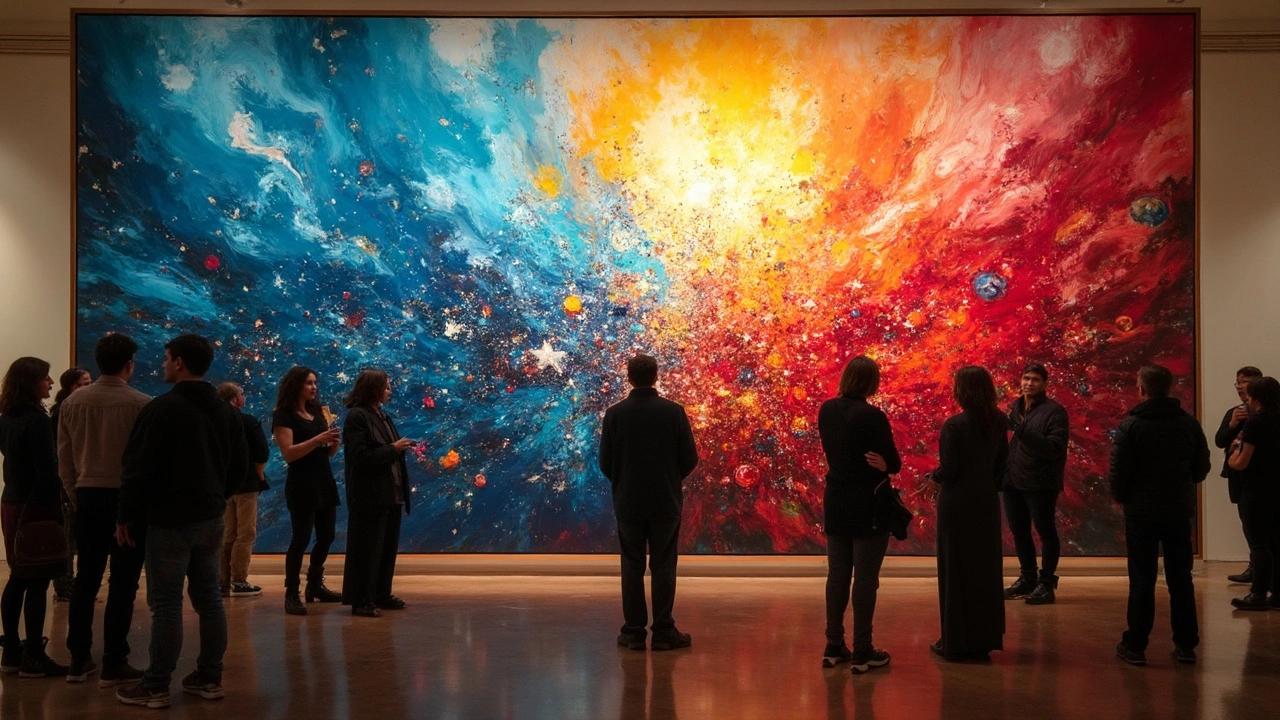Emotions in Art: Why Feeling Matters More Than Technique
Art hits you first in the gut, not in the head. When a painting, photograph, or installation stirs a memory, a smile, or a chill, that's emotion doing its job. This page gathers articles and guides that show how artists use color, form, story, and space to create feeling—whether it's the raw brushwork of Expressionism, the quiet intensity of Photorealism, or the drama of Baroque scenes.
Want practical ideas for reading or making emotional art? Start by noticing small choices: a tilted horizon can feel off-balance, a warm color palette can feel cozy, and empty space can feel lonely. Check the posts listed here to see those choices in action—read about Abstract Expressionism's wild gestures, installation art's immersive tricks, or how Bauhaus used shape to shape mood.
How to Read Emotion in Different Styles
Different movements speak different emotional languages. Abstract Expressionism yells with color and motion, Photorealism whispers with detail and silence, and Fluxus teases with surprise and play. When you look at a work, ask: what does it make my body do? Do my shoulders relax, or do I clench? That physical response is a reliable clue to the feeling the artist aimed for.
Use the articles here as examples. Open a Photorealism piece to study silence and stillness. Read about Installation Art to see how artists control where you stand and what you feel. Explore Harlem Renaissance and Baroque pieces to understand how culture and history change emotional tone.
Tips for Artists: Put Feeling Ahead of Fancy
If you make art, try starting with an emotion, not a technique. Pick one feeling—longing, anger, joy—and make three quick studies that focus only on expressing that feeling. Limit your tools: one color, one texture, one gesture. That constraint forces honesty. Then compare: which study reached you most? Why?
For viewers, try slow looking. Spend five minutes with one work and list five physical reactions. Read the linked posts to learn specific techniques artists used. Want to feel more? Visit installation pieces or works that use scale and sound—those hit more directly than a small canvas.
This tag page pulls together posts across styles—Bauhaus, Cubism, Fluxus, Futurism, and more—so you can see emotional strategies across art history. Use the filters, try different eras, and notice patterns. Emotion in art is both a toolkit and a mirror: it shows what the artist felt and what you bring to the scene.
Keep experimenting. Feeling is not a flaw in art; it's the point. Read, look, and try one emotional study today—your next piece or your next museum visit might land differently because you trained your attention.
If you're unsure where to start, pick one article here that feels like a surprise. Spend time with it, copy a small detail, and try to recreate the feeling in a sketch or photo. Repeat this once a week and you will notice how your eye and emotions learn to speak back to the art. Be curious.

